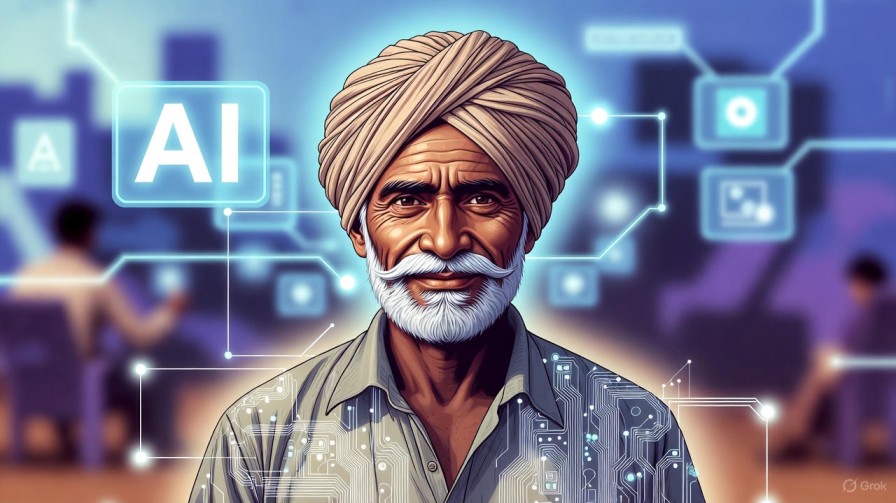New Low-Cost IoT Solution Aims to Transform Shrimp Farming in India

A team of researchers has developed an affordable IoT-based monitoring system designed to tackle one of shrimp farming’s biggest challenges—maintaining stable water quality. The innovation, unveiled this week, promises to help aquaculture farmers track crucial parameters in real time and reduce stock losses. With shrimp farming contributing significantly to India’s seafood exports, the breakthrough comes at a critical time for the industry.
Background: Why Shrimp Farms Need Smart Monitoring
Shrimp farming has grown rapidly in India, but disease outbreaks and fluctuating water conditions continue to cause major financial losses. Traditional manual monitoring is slow, inconsistent, and often unable to detect early signs of danger. With climate variations increasing the frequency of water-quality instability, the need for affordable, automated solutions has become more urgent.
Key Developments: What the Researchers Built
The research team created a low-cost IoT system equipped with sensors that continuously track essential parameters such as:
- Dissolved oxygen
- Temperature
- pH levels
- Salinity
The device transmits this data to a dashboard or mobile app, allowing farmers to act immediately if readings fall outside the safe range. Early tests showed that consistent monitoring helped farmers mitigate risks such as mass mortality events and sudden drops in yield.
Researchers working on the project highlighted that the system uses inexpensive, locally available components, making it accessible for small and medium-scale shrimp farmers—not just large commercial operators.
Technical Explanation: How the IoT System Works
The system relies on a network of waterproof sensors connected to a small microcontroller board. Each sensor gathers environmental data and sends it via Wi-Fi or long-range communication (LoRa) to a central platform.
Think of it like a health wearable—but for a shrimp pond. Instead of measuring heart rate and steps, it checks water quality indicators around the clock. Alerts are triggered whenever the ecosystem becomes unstable, letting farmers intervene before conditions become dangerous.
Implications: Why This Matters
If adopted widely, this IoT system could provide several key benefits:
- Reduced shrimp mortality by detecting early environmental changes
- Higher productivity through optimized feeding and water management
- Lower operational costs compared to high-end commercial monitoring systems
- Improved sustainability with better resource management
- Higher export quality, strengthening India’s position in the global seafood market
Agriculture and aquaculture experts say that innovations like this can empower farmers with data-backed decision-making—something traditionally limited to large-scale operations.
Challenges and Limitations
Despite the promise, a few hurdles remain:
- Farmers in remote areas may face internet connectivity issues.
- Regular cleaning and calibration of sensors is required to maintain accuracy.
- Widespread adoption depends on training and awareness programs.
- Long-term durability of cost-effective components still needs testing.
Researchers emphasize that these challenges are manageable and can be addressed through local partnerships and training initiatives.
Future Outlook
The team plans to refine the system with AI-driven prediction models to forecast disease outbreaks and environmental shifts. Pilot projects in coastal farming communities are also being explored. As IoT technology becomes cheaper and more robust, such solutions could soon become standard tools for India’s aquaculture industry.
Conclusion
The development of an affordable IoT system marks a major step forward for shrimp farming in India. By making real-time monitoring accessible to smaller farmers, this innovation has the potential to strengthen livelihoods, increase sustainability, and improve the quality of seafood exports. The future of aquaculture could soon be more connected—and more resilient.